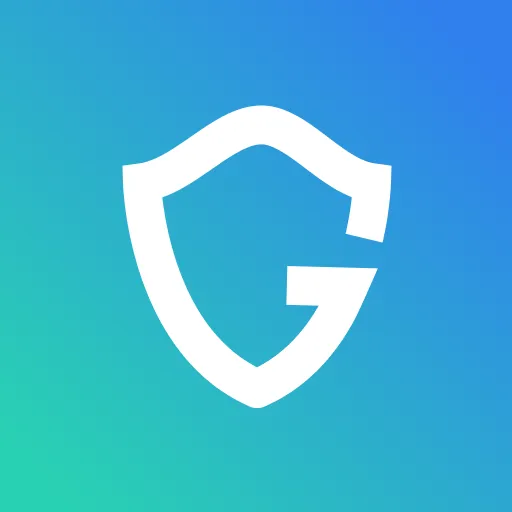Content Delivery Network Security: Common Risks Explained

Key Takeaways
- CDNs Can Be a Security Risk: Since CDNs store cached content on multiple servers worldwide, a hacker who compromises one of these servers could modify or access your content.
- Performance Issues Are Possible: While CDNs generally boost website speed, misconfigurations, overloaded servers, or outages can make your site slow or even unavailable.
- Costs Can Add Up: Setting up and maintaining a CDN can be expensive, especially for large websites with high traffic.
- You Lose Some Control: Using a CDN means relying on a third party for content delivery, which can be problematic if the provider experiences issues or shuts down.
- Common Attacks on CDNs: DDoS attacks, man-in-the-middle attacks, and compromised servers are some of the main threats CDNs face. Strong security measures and monitoring are essential.
Content Delivery Networks (CDNs) are widely used to enhance website performance, improve load times, and ensure content availability across the globe. However, while CDNs provide numerous benefits, they also come with potential risks, including security vulnerabilities, performance issues, and cost concerns. Understanding these risks and implementing the right security measures can help you leverage the power of CDNs while protecting your website from cyber threats.
In this article, we’ll explore the common risks associated with CDNs, how to mitigate them, and what to do in case of a security breach.
{{component-cta-custom}}
What are the Risks of Using a Content Delivery Network (CDN)?
Here are some of the potential risks associated with using a CDN:
- Security risks: CDNs cache your content on servers worldwide, making it more vulnerable to attack. If a hacker can compromise a CDN server, they could potentially access or modify your cached content.
- Performance risks: While CDNs can improve the performance of your website or application, they can also cause problems if not configured correctly. For example, if a CDN server is overloaded or goes offline, it can cause your website or application to become unavailable.
- Cost: CDNs can be expensive to set up and maintain, especially if you have a large website or high traffic levels.
- Loss of control: When you use a CDN, you rely on the CDN provider to deliver your content. This can be a problem if the CDN provider has issues with their service or goes out of business.
How Global Risk Finder (GRF) Can Help
If you are concerned about any of the risks associated with using a CDN, you can use the Global Risk Finder (GRF) to help you understand and manage those risks. The GRF is a tool that allows you to input information about your website or application and receive customized recommendations on reducing the risks associated with using a CDN.
If My Content Delivery Network is Hacked, What Can I do?
If your CDN does get hacked, there are some steps you can take to minimize the damage:- Remove any malicious content that has been placed on your website or application.- Change all passwords that the CDN was using.- Monitor your traffic and activity logs for any unusual activity.- Contact the CDN provider and let them know about the incident.
Why is Content Delivery Network Security Important?
CDN security is critical because it can help to protect your website or application from attack. You are essentially outsourcing your content delivery to a third party by using a CDN. This means that if the CDN provider has poor security, your content could be at risk.
It is essential to choose a CDN provider with strong security measures. You should also consider implementing security controls on your website or application.
What are Some Common CDN Attacks?
There are a few different types of attacks that can be launched against a CDN:
- Distributed denial of service (DDoS) attacks: A DDoS attack is when multiple computers are used to flood a server with requests, resulting in the server becoming overloaded and unavailable. This type of attack can be difficult to defend against because it can come from anywhere.
- Man-in-the-middle (MitM) attacks: A MitM attack is when a hacker intercepts communications between two parties and alters or steals the data. Hackers can use this attack to steal sensitive information, such as passwords or credit card numbers.
- Compromised server attacks: A compromised server attack is when a hacker gains access to a CDN server and modifies or deletes the cached content. This type of attack can result in website downtime or data loss.
CDNs are a great way to improve the performance of your website or application. However, like any technology, they come with some risks that need to be considered. By understanding the risks and taking steps to mitigate them, you can ensure that your website or application is safe and secure.
{{component-tips}}
By staying proactive with real-time monitoring and automated alerts, you can quickly detect and neutralize threats before they escalate. Stay one step ahead of cybercriminals!
Conclusion
CDNs offer significant benefits in terms of performance, scalability, and availability, but they also introduce security, performance, and cost-related risks. Understanding these risks and implementing proper security measures can help protect your website or application. Choosing a reliable CDN provider with strong security protocols and monitoring your content regularly are crucial steps in mitigating potential threats. By staying informed and proactive, you can leverage the advantages of a CDN while minimizing its risks.
{{component-cta-custom}}








